The lack of performance-recorded sheep flocks remains a major barrier to genetic progress, and uptake of the technology is lower in NI than in any other part of the UK or Ireland.
Speaking at an industry webinar hosted by AgriSearch, Sam Boon of Signet Breeding Services pointed out that just 23 flocks in NI are performance-recorded through Signet.
“There is an element of chicken and egg. If the information isn’t available, producers won’t be using it.
“However, if producers aren’t using it, then pedigree breeders aren’t incentivised to get involved in recording.
“That’s a challenge we need to work towards,” said Boon.
There is a demand for EBVs and performance information when selecting rams
In a recent survey of sheep breeders in Britain, 42% of farmers make some use of Estimated Breeding Values (EBVs) when selecting rams. This rises to 55% in large flocks.
“There is a demand for EBVs and performance information when selecting rams. Relatively few people [less than 2%] say: ‘we used it and it doesn’t work’. We know that they do work,” he maintained.
Cost benefits
Boon outlined data from the UK-wide Ram Compare project showing a direct benefit of £3.50/lamb when using high-EBV rams over an average-index ram.
On many commercial farms, the difference could be closer to £4 to £5 per lamb.
“There is a real financial advantage. If we multiply it up over a ram’s working lifetime, it is the best part of £900,” he added.
NI project
In her presentation, AFBI researcher Aurelie Aubrey highlighted that the use of high-index rams has the potential to deliver an extra £500,000 for the NI sheep sector.
We would have expected larger differences if we had used non-recorded rams
The AFBI sheep flock is the only NI flock in the Ram Compare project, and in 2017 and 2018 it used rams recorded under both the Signet and Sheep Ireland system.
Citing the results, Aubrey said that the progeny from high-index rams were slaughtered 10 days earlier than low-index rams.
“We only used recorded rams. We would have expected larger differences if we had used non-recorded rams,” she said.
She also pointed out that selecting EBVs for lamb growth rate and muscle depth will reduce greenhouse gas emissions per head, and the overall carbon footprint of the flock.
Ireland
Also contributing to the AgriSearch webinar, Sheep Ireland manager Kevin McDermott outlined how the right financial incentive was key to a significant uptake in performance-recording in the Republic of Ireland.
When Sheep Ireland was established in 2009, just 89 flocks were performance-recording.
The scheme ran from 2013 to 2015, had around 4,000 farmers involved
This has since grown to just under 900, with the Sheep Technology Adoption Programme (STAP) a major factor in this increase.
The scheme ran from 2013 to 2015, had around 4,000 farmers involved and offered financial incentives to take up new technology, one option being to purchase performance-recorded rams.
While it was thought that the number of pedigree breeders recording information would drop off once the scheme ended, that has not been the case. “Thankfully the breeders that were involved saw the benefit of it,” said McDermott.
Read more
Dealing with dry conditions on beef farms
Beef management: Pay attention to repeat breeding activity
The lack of performance-recorded sheep flocks remains a major barrier to genetic progress, and uptake of the technology is lower in NI than in any other part of the UK or Ireland.
Speaking at an industry webinar hosted by AgriSearch, Sam Boon of Signet Breeding Services pointed out that just 23 flocks in NI are performance-recorded through Signet.
“There is an element of chicken and egg. If the information isn’t available, producers won’t be using it.
“However, if producers aren’t using it, then pedigree breeders aren’t incentivised to get involved in recording.
“That’s a challenge we need to work towards,” said Boon.
There is a demand for EBVs and performance information when selecting rams
In a recent survey of sheep breeders in Britain, 42% of farmers make some use of Estimated Breeding Values (EBVs) when selecting rams. This rises to 55% in large flocks.
“There is a demand for EBVs and performance information when selecting rams. Relatively few people [less than 2%] say: ‘we used it and it doesn’t work’. We know that they do work,” he maintained.
Cost benefits
Boon outlined data from the UK-wide Ram Compare project showing a direct benefit of £3.50/lamb when using high-EBV rams over an average-index ram.
On many commercial farms, the difference could be closer to £4 to £5 per lamb.
“There is a real financial advantage. If we multiply it up over a ram’s working lifetime, it is the best part of £900,” he added.
NI project
In her presentation, AFBI researcher Aurelie Aubrey highlighted that the use of high-index rams has the potential to deliver an extra £500,000 for the NI sheep sector.
We would have expected larger differences if we had used non-recorded rams
The AFBI sheep flock is the only NI flock in the Ram Compare project, and in 2017 and 2018 it used rams recorded under both the Signet and Sheep Ireland system.
Citing the results, Aubrey said that the progeny from high-index rams were slaughtered 10 days earlier than low-index rams.
“We only used recorded rams. We would have expected larger differences if we had used non-recorded rams,” she said.
She also pointed out that selecting EBVs for lamb growth rate and muscle depth will reduce greenhouse gas emissions per head, and the overall carbon footprint of the flock.
Ireland
Also contributing to the AgriSearch webinar, Sheep Ireland manager Kevin McDermott outlined how the right financial incentive was key to a significant uptake in performance-recording in the Republic of Ireland.
When Sheep Ireland was established in 2009, just 89 flocks were performance-recording.
The scheme ran from 2013 to 2015, had around 4,000 farmers involved
This has since grown to just under 900, with the Sheep Technology Adoption Programme (STAP) a major factor in this increase.
The scheme ran from 2013 to 2015, had around 4,000 farmers involved and offered financial incentives to take up new technology, one option being to purchase performance-recorded rams.
While it was thought that the number of pedigree breeders recording information would drop off once the scheme ended, that has not been the case. “Thankfully the breeders that were involved saw the benefit of it,” said McDermott.
Read more
Dealing with dry conditions on beef farms
Beef management: Pay attention to repeat breeding activity



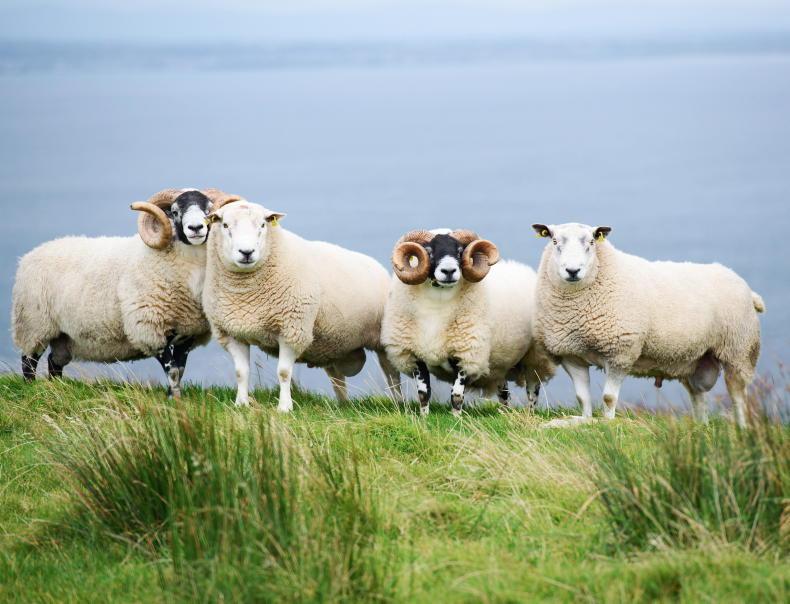

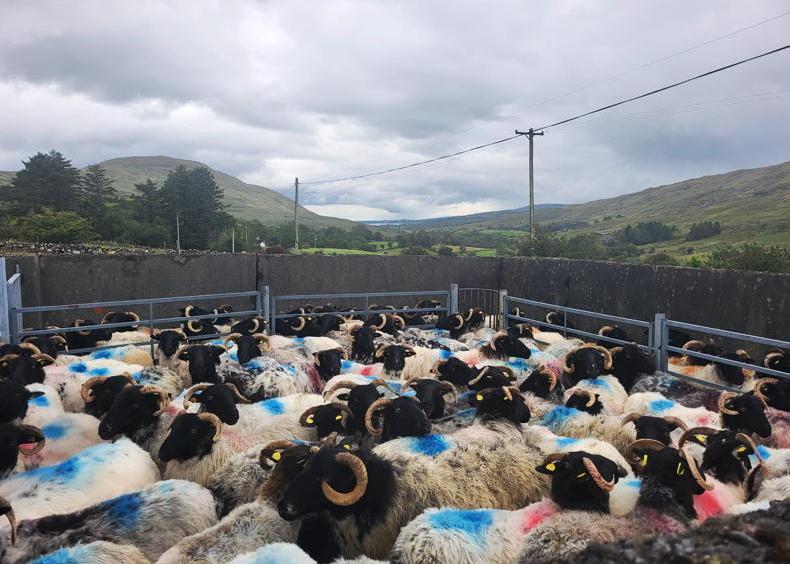

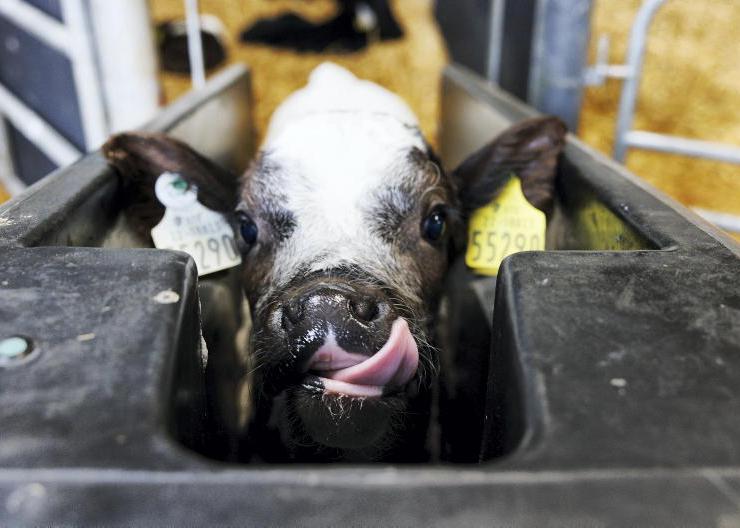
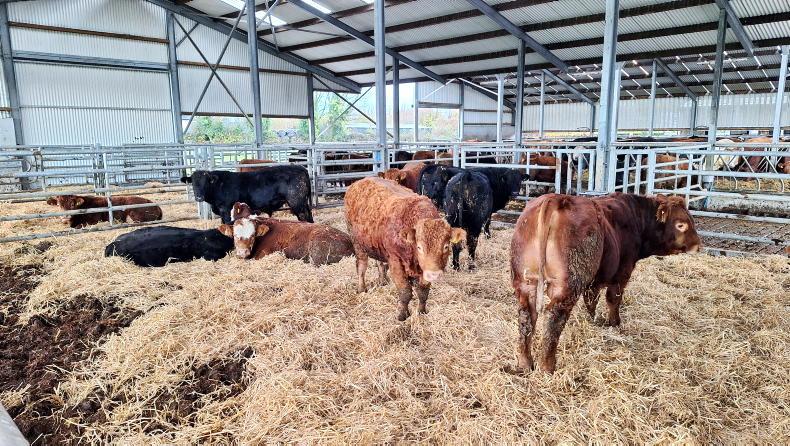
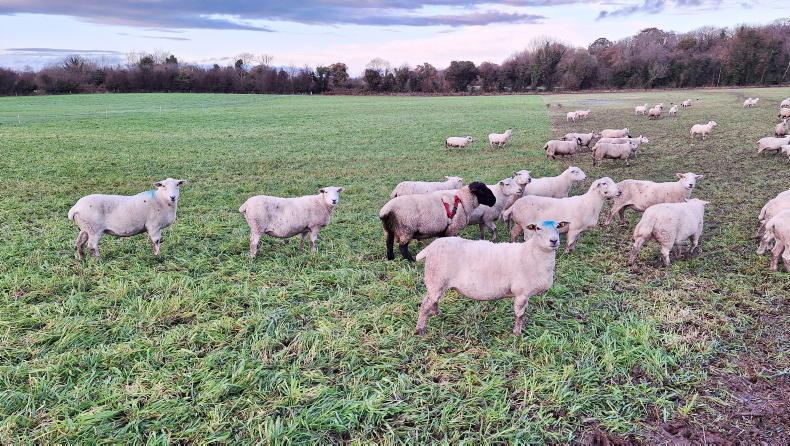
SHARING OPTIONS